Top 5 Winter Safety Tips for Pets
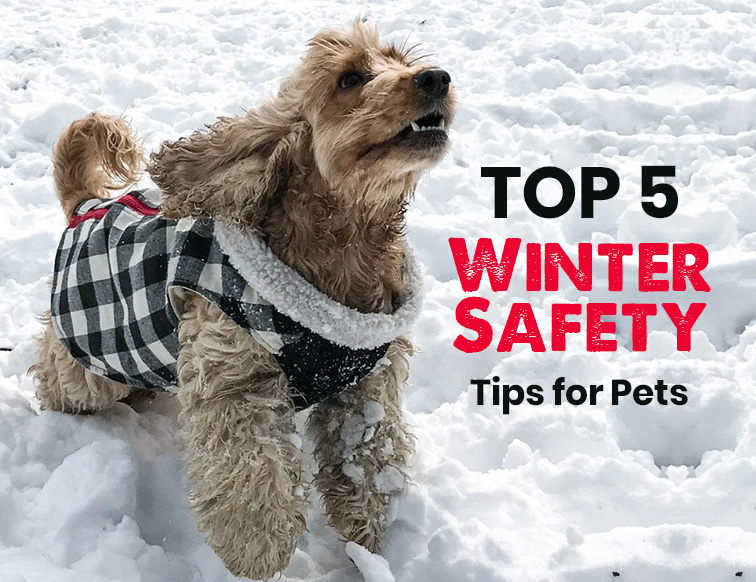
We enjoy curling up in blankets with our favorite hot beverage by the fireplace or binge-watching the newest Netflix series during the chilly winter months. But sometimes our pets feel cold as well, and they are unable to communicate this to us in a way that we can comprehend. A sudden drop in temperature might make them tremble all night long and perhaps make them sick.
Here we’ve compiled these 5 essential tips to keep your pet safe, healthy, and warm this winter to ensure your beloved pet is just as comfortable as you are
Protect Your Pet from Extreme Cold
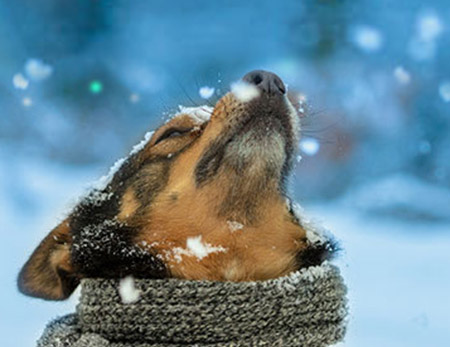
When it’s extremely cold out, your cat or dog will require more care. Since your pet’s paws are the only area of their body without fur to keep them warm, they should be given extra protection from the cold. It’s probably too chilly for your pet to be outside if they are lifting their paws up off the snow or ice. Extreme weather means that even cats who are accustomed to being outside should have a warm haven to retreat to when it becomes chilly (especially overnight).
Get All Their Winter Essentials to Keep Pets Warm This Winter
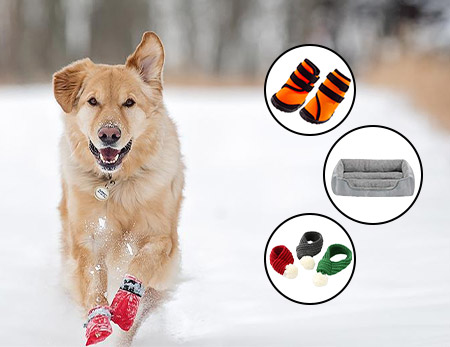
Wintertime automatically necessitates a pet sweater, dog jacket, and/or boots for both small and large breeds. The first two must be used to keep your pet comfortable and safe on winter walks, even if you decide against using boots. Add more cushions and blankets to their space to make it cozy and warm. Consider moving their sleeping spot if you have a fireplace or a warm room in your house to prevent them from getting the chills. Additionally, never leave your dog in the cold outdoors or in a car without the heater on. In the winter, your car becomes a freezer, and leaving your pet in a cold car can be dangerous.
Keep Them Away From Cold Water and Ice
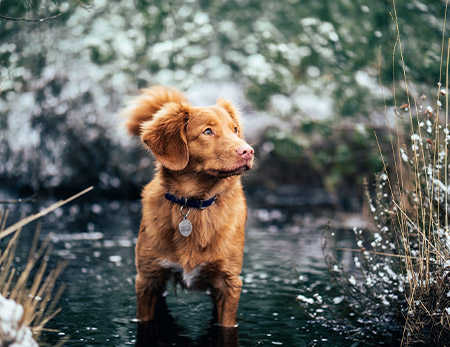
Do not let your pet off his leash if you intend to go trekking. Dogs may become disoriented and lose their sense of smell in the dense snow. To ensure their safety, you can even wrap a little bracelet or ID with a microchip around their paw. On thin ice, puppies can be incredibly vulnerable. Be especially cautious on their behalf because they are unable to recognize the risk they are facing. When they fall into a chilly puddle, they risk hypothermia and perhaps drowning. Even though the ice surface appears to be solid and secure enough to skate on, you still need to exercise extra caution when it comes to your dogs. Additionally, your pet may suffer an injury since they are unable to balance themselves or skate on the slick surface.
Be Wary of Salt and Ice Melt
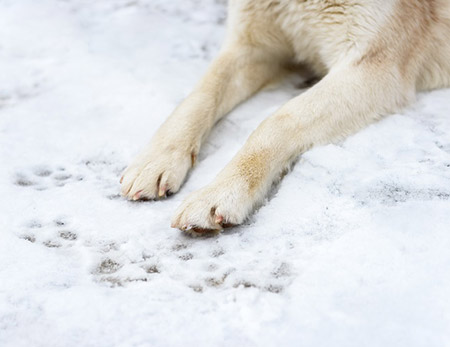
In addition to the risk of hypothermia and slippery sidewalks and roads, common salt and ice melt include substances that could harm your pet or cause salt toxicity. There are a variety of pet-safe ice melts that can lessen the risk to your pet, but even if you use a non-toxic product with care, streets and other sidewalks outside of your property may still be dangerous. When entering the house, be especially careful to wipe snow and ice off of paws with a towel or clean them with a paw washer. Ice melt may easily dry out and irritate paw pads, and your dog or cat could get extremely ill from licking at their paws.
Feedings Should Be Increased Accordingly

Pets naturally remain warm by calorie-burning in response to their diet. They will require extra food if they want to remain warm. To assist them to maintain the heat, try adding in certain performance diets or upping their food appropriately.
Bottom Line:
Winter can be a really delightful season even though it does bring additional risks for your pet. You and your pet may make the most of the winter months by preparing for the shift, whether it’s playing in the snow with your furry buddy or cuddling by the fireplace. To ensure that you and your animal pals can be warm, comfy, and safe this winter, keep these winter safety tips at the forefront of your mind.

